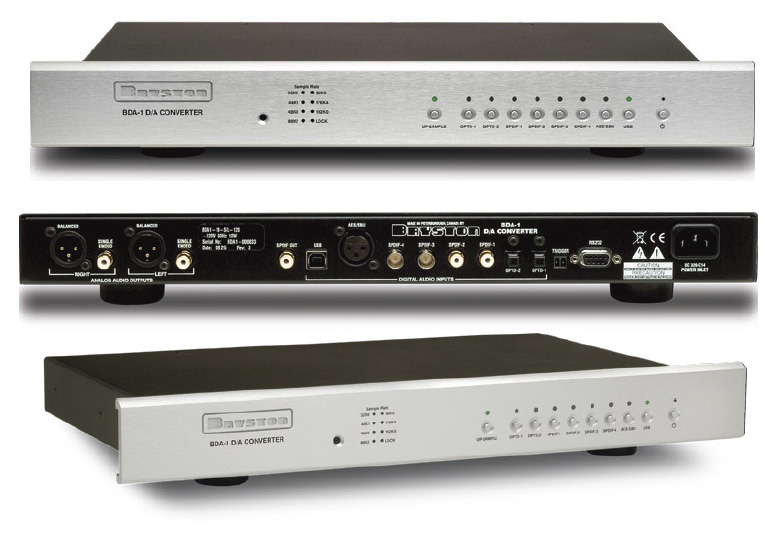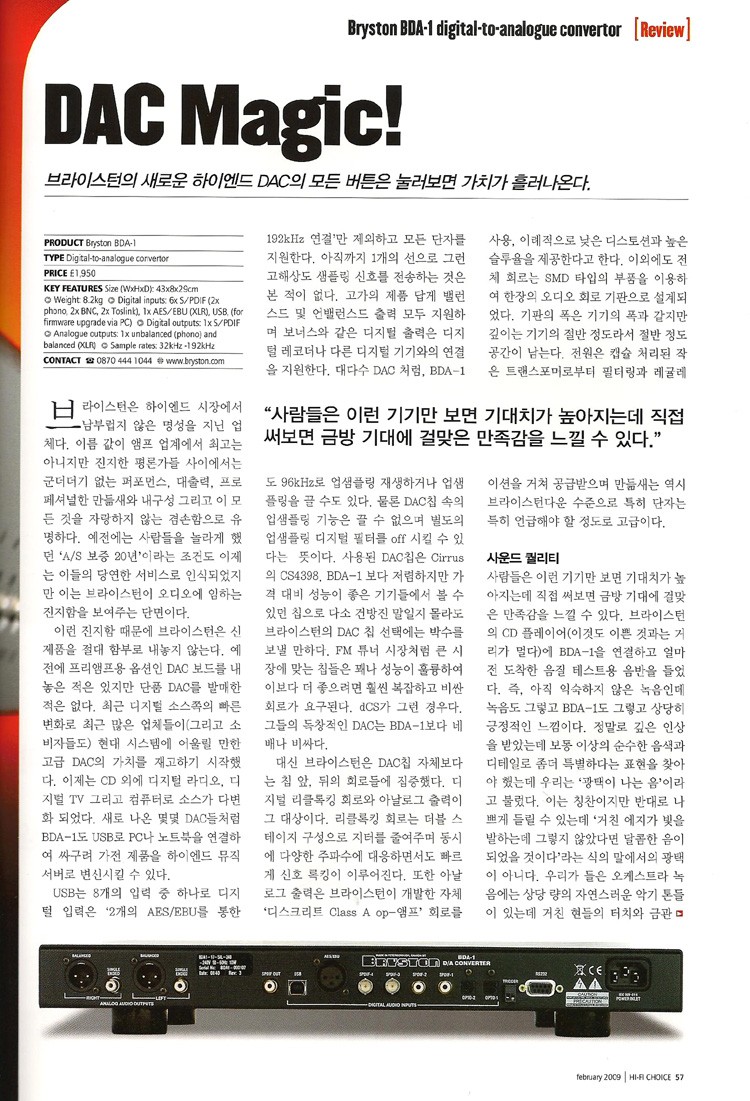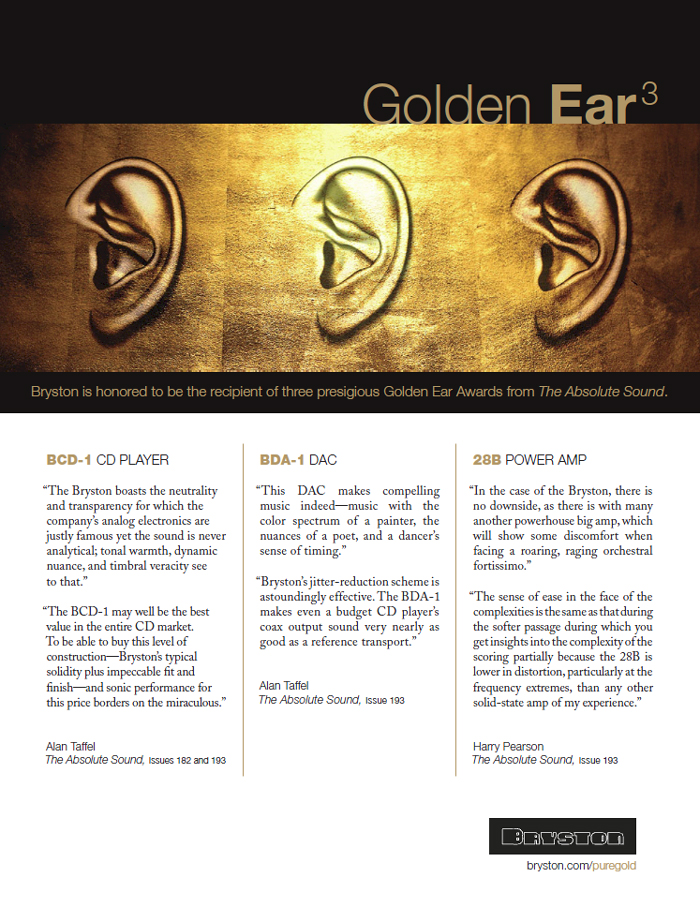
The Bryston DAC chip we use is a hybrid multi-bit delta sigma DAC (digital to analogue converter) device. Before the digital data reaches the delta-sigma modulator, it is run through an 8x over-sampling process and digital interpolation filter. Due to the inherent over-sampling process of a delta- sigma modulator architecture, the overall interpolation ratio of the device is 128 times. Over-sampling and up-sampling have some great benefits when implemented correctly.
There is a significant difference between up-sampling and oversampling. Over-sampling is when the samples are repeated (2x, 4x, 8x, etc.) to create a new sampling frequency. The new samples are then generally run through an interpolation filter to create a more analog-like waveform.
Up-sampling usually refers to a mathematical process in which the new sample rate is not a multiple of the old sample rate, and the numbers have to be calculated in real-time. This is what is happening when a sample rate converter chip is in an up-convert mode. So in the BP-26 DA, if a 44.1 kHz signal is present: we up-sample to 96kHz (with the Sample Rate Converter) and then the DAC will internally 8x over-sample that signal. The great benefit of both of these methods is that it relaxes the requirements of the analog filter after the DAC.
This is important because it allows designers to implement higher cutoff frequencies with slower roll-offs, which results in a phase linear circuit in the audio band.
This is important because it allows designers to implement higher cutoff frequencies with slower roll-offs, which results in a phase linear circuit in the audio band.
The up-sampling method, when implemented correctly, also has the side effect of jitter reduction, since the output clock is usually asynchronous from the input clock. Another thing to note is that if the over-sampling or up-sampling processes are implemented poorly, they can actually introduce jitter. This is usually a result of poor power supply implementation.
So, in the Bryston DAC, each stage in the digital chain (input receiver > sample rate converter > digital audio converter) is independently regulated to prevent any interactions and to provide rock solid power supplies for any up-sampling/oversampling process.
All of this being said the most critical part of the DAC circuit in the Bryston Preamplifiers and Bryston Integrated Amplifiers is that the output from the D to A is directly connected to a pair of Bryston proprietary Class A Discrete Operational Amplifiers rather than the typical IC chips employed in most other products. This makes a huge difference in resolution and dynamic headroom performance.
|
Specifications | |
|
Frequency response |
20 Hz - 20 KHz -.1dB |
|
IMD or THD |
.002% |
|
Output Level |
2.3V Unbalanced - 4.6V Balanced |
|
Signal to Noise |
Audio Precision AP2700 analyzerFFT digital measurement 140 dB unweighted |
|
Dimensions |
17 or 19 w / 11.25 d / 1.75 h inches43.2 or 48.3 w / 28.6 d / 4.4 h cm |
|
Weight |
18 Lbs / 8.2 Kg |




출처 : 오디오
글쓴이 : 서울전자 원글보기
메모 :
'audio 기기 & 이야기들' 카테고리의 다른 글
| [스크랩] 온쿄 SC-5507 PA-MC5500 9.2CH분리형AV (0) | 2013.06.15 |
|---|---|
| [스크랩] PS Audio PerfectWave[피에스오디오 퍼펙트웨이브]CDT/DAC (0) | 2013.06.15 |
| [스크랩] Resolution audio Cantata Music Center DAC (0) | 2013.06.08 |
| [스크랩] PS AUDIO Humbuster III[험부스터] (0) | 2013.06.08 |
| [스크랩] 프라이메어 A33.2 Pre30 [Primare A33.2 Pre30] (0) | 2013.06.08 |